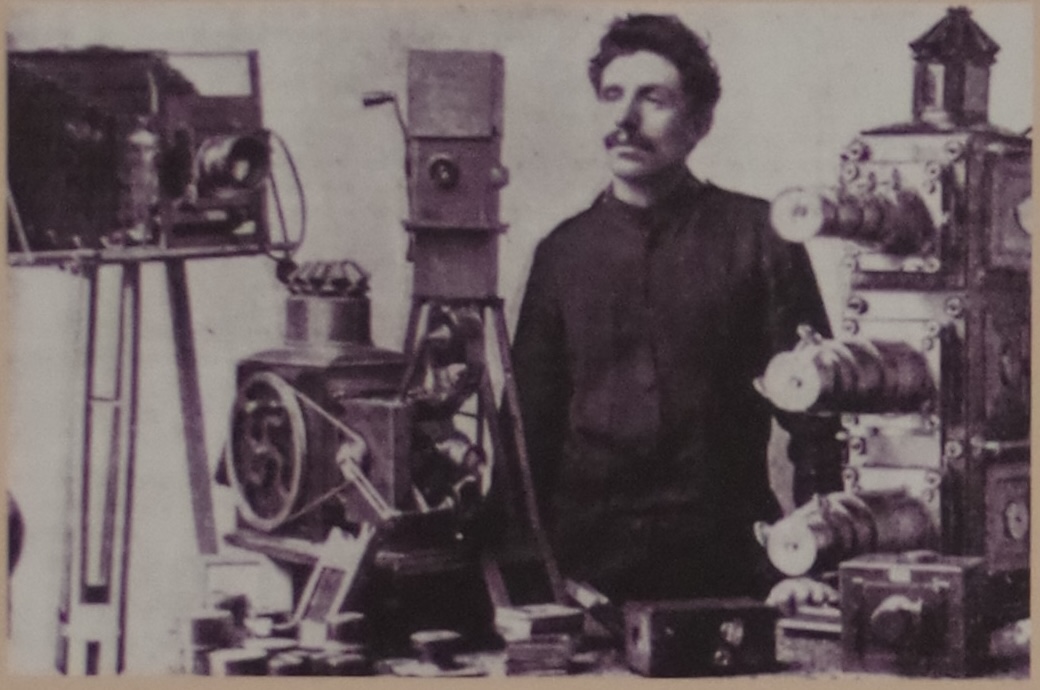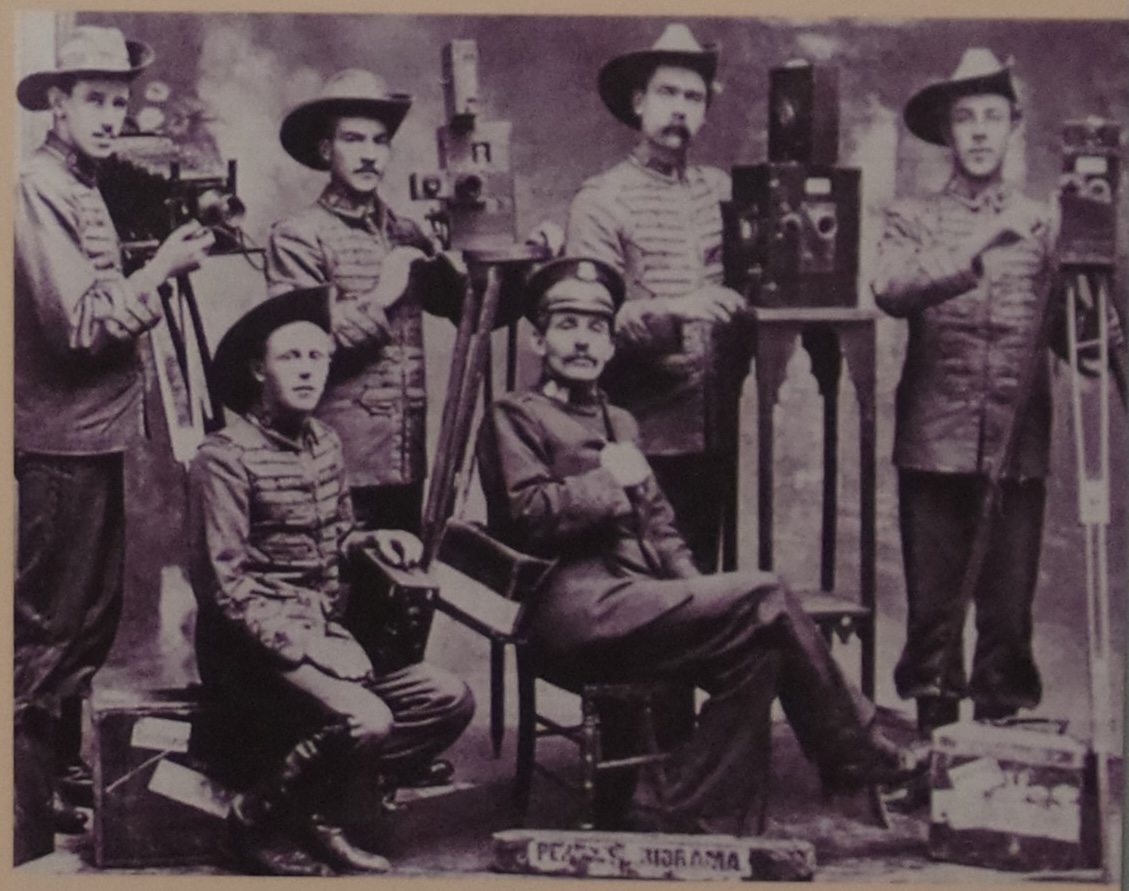We attended the Lost Trades Fair in Bendigo, Australia on March 8th, 9th, and 10th 2025. This was an amazing event with a great breadth and depth of craftspeople as well as thousands of attendees.
Vendors Present
This listing is just a very tiny subset of the total vendors present. Although I was not able to get cards and contact information from everyone, I did manage to collect a few.
Metalworking And Casting
Soho Metal Spinning - Metal spinning and cookware.
Website: https://www.sohometalspinning.com.au
Instagram: @sohometalspinningandcookware
I was really amazed at the beauty of the products produced by this vendor. They had equipment on site and were producing products for the public. They started with a flat copper disk and were using a spinner to create oil lamps.
Outlaw Casting - Dave Tatti
Website: Outlaw Castings
Email: dave@outlawcastings.com.au
Instagram: @outlaw_castings
Outlaw castings does custom castings in Aluminum, Brass, and Bronze. They had a great colletion of products on display available for sale.
Heritage Patterns - Stuart McCorkelle
Website: https://www.heritagepatterns.com.au/
Email: heritagepatternmaking@gmail.com
Heritage patterns makes custom pattens for metal casting.
Engraving By Danae
Website: Engraving By Danae
Email: engravingbydanae@gmail.com
Instagram: @engravingbydanae
I was delighted to find an old school engraver present. Wow this work is amazing! I'd love to talk to them about making custom union cases or photo frames.
Golden City Lace - Neil And Kaye Wellington
Website: https://www.goldencitylace.com.au/
Email: goldencitylace@westnet.com.au
Golden City Lace reproduces metalwork from the 1800s. I was fascinated to see these intricate metal adornments on so many older buildings in Bendigo. I absolutely love them. Would love to see these on more Victorian style houses in the US.
They appeared to be sharing a space with Outlaw Casting.
Here's a couple house I saw in Bendigo with similar decoration.
Rachel Grose Silver
It was great to see a silversmith with jewelry tools on site.
Knife and Tool Makers
---
Parker Knives Australia - Adam Paker
Website: https://pakerknivesaustralia.com
Email: parkerknives@hotmail.com
Instagram: @parkerknivesaustralia
Adam parker makes custom knives and had a great assortment available. I actually ended up purchasing a knife as a souvenir.
Here's the one I chose to bring home.
McIntyre Knives - Shawn Mcintyre
Website: http://www.mcintyreknives.com/
Email: mcintyreknives@gmail.com
Instagram: @mcintyreknives
Axe Men - Pete Hentje
Website: https://engineeredforaxemen.com.au/
Instagram: @engineeredforaxemen
These axes were beautiful works of art. It took great self control not to want to buy them all!
Niroc Tools
Website: https://www.niroc.com.au/
Instagram: @niroc_tools
Konrad Sauer
Website: https://www.sauerandsteiner.com
Email: konrad@sauerandsteiner.com
Instagram: @sauer_and_steiner
Konrad's woodworking tools are works of art in their own right.
The Cabinet Of Scissor Curiosities - Grace Horn
Website: https://www.gracehorne.co.uk/
Instagram: @grace_horne_designs
Grace Horn reproduces vintage scissor designs. She had some of her work on display and she also taught a class to interested folks.
The Key Hole Surgeon - Aaron Smith
Email: aaron@thekeyholesurgeon.com.au
Instagram: @keyholesurgeon
Aaron had some great old keys and locks with examples of how ancient locks used to work.
Leather Working
Heaps Good Leather Works - Benny Mitchell
Website: https://www.heapsgoodleatherwork.as.me
Email: heapsgoodleatherwork@gmail.com
Instagram: @heapsgoodleatherwork
Benny Mitchell from Heaps Good Leather Work had a wonderful array of products on display. I was especially interested in a round tool bag. Though, it sold pretty early on the fair so I purchased a different ones.
Wooten Shoes
Website: https://wootten.com.au/
Instagram: @wootten
Ever want to buy traditionally built shoes from the cobbler that made them? Now is your chance!
En Mina Leather - Isabel Atlenza
Website: https://www.enmina.com.au/
Email: hello@enmina.com.au
Instagram: @enmina.leather
Isabel had a great selection of leather items she had created. I purchased a great tool bag from her.
Woodworking
---
Rundell & Rundell Chair Makers- Lise and Glen Rundell
Website: https://rundellandrundell.com.au
Email: glenalan@me.com
Instagram: @glenrundellchairmaker
The Rundells run the fair. Though, their journey started in woodworking, and especially, chair making.
Adams Coopering - Tony Adams
Email: aad49563@bigpond.net.au
Instagram: @adamscoopering
Adam Cooper is a 5th generation cooper. He had a great selection of buckets and barrels on display for sale. We ended up purchasing a bucket from him for AU$160
Textiles
---
Ariella Tailor
Website: https://ariella.com.au/
Email: info@ariella.com.au
Instagram: @ariellatailor
Ariella is a 4th generation master tailor who does custom patterns and tailoring.
Jackie Made This
Website: https://www.jackiemadethis.com.au/
Instagram: @yesjackiemadethis
Jackie had a loom on site and was making fabric right in front of us.
Redgate Socks Instagram:@redgatequiltingredgatesocks
It was amazing to see these vintage sock making machines working away creating beautiful socks. What a wonderful trade to demonstrate!
There were a lot of sock making machines present. I was not sure if they were all the same group or not. I think it might have bene multiple groups. The machines were works of art in of themselves. Would love to see these demonstrated in the US.
Bespoke Embroidery - Marita Macklin
Website: https://marita-macklin.square.site/
Email: maritamacklin@hotmail.com
Instagram: @maritamacklinembroidery
Marita had a sewing machine to create custom embroidery. Her treadle was cleverly set up with an electric motor on battery power. She was working on a blue car when we stopped by. The whole family was engaged in helping out at the booth.
Kyneton Handweavers & Spinners Group
Instagram : @spinweave.kyneton
Peak Oil Company
Website: https://www.peakoilcompany.com/
Instagram: @peakoilcompany
Traditional Australian outdoor apparel.
Crafts People and Specialities
---
Living Ink by SoewnEarth
WebSite: https://www.soewnearth.com.au/
Instagram: @soewnearth
So many varieties and colors!
I believe this booth also had some works from a local letter carver: https://www.greghanlonlettercarver.com/ /
@gr3gh4nlonMoonshine Pottery - Tony Barnes
Instagram: @moonshinepottery
Email: moonshinepottery@gcom.net.au
Website: https://www.facebook.com/MoonshinePottery/
There were a few different pottery vendors. All seemed to be high quality and very skilled.
Snowy Mountains Eucalyptus Oil Company - Owen Davis
Website: https://snowymountainseucalyptusoil.com/
Email: contact@smso.com.au
Instagram: @snowymountainseucalyptusoil
Owen had a still on site with eucalyptus leaves distilling eucalyptus oil.
Joanna Gair Paper
Website: https://u-beautdesigns.com/vendors/joanna-gair/
Joanna was making paper from scratch on site with a tub of paper pulp at the ready to demonstrate the process.
Yesterday Once Gain - Anthony Sinclair
Website: https://www.yoaa.com.au/
Email: music@yoaa.com.au
Anthony had a great display of vintage phonographs that he was selling. He has a large collection and enjoys collecting, repairing, and restoring music machines for sale.
Lauren Muney - Traditional Silhouette Artist
Website: https://SilhouettesByHand.com
Email: SilhouettesByHand@gmail.com
Instagram: @SilhouettesByHand
Lauren follows the traditional Silhoutte process but cutting portraits from paper cuts portraits with scissors. Shannon had a portrait done as a souvenir.
She also gave a great talk about her process.
Website: https://www.leighguitars.com/
It was great to see a guitar maker.
Sovereign Hill Wheelwrights
Justin from Sovereign Hill did a great demonstration of making coach wheels.
We also managed to catch Justin back at Sovereign Hill in Ballarat.

He had made an amazing reproduction darkroom that I'd love to reproduce!
This was an amazing event and an amazing trip. Certainly worth the airfare and travel to Australia!





















































































































